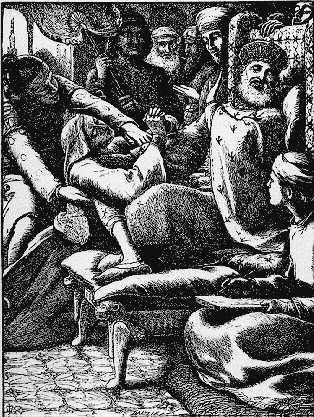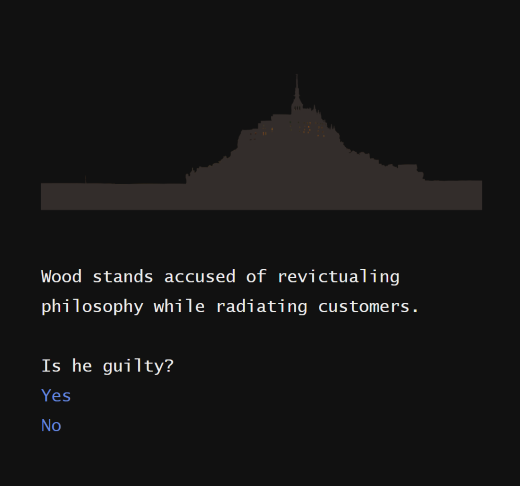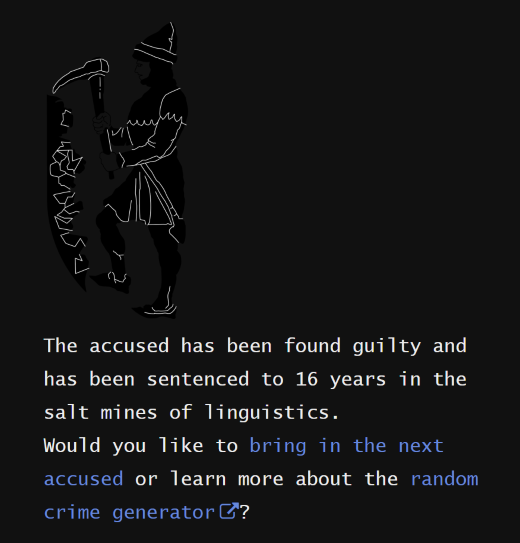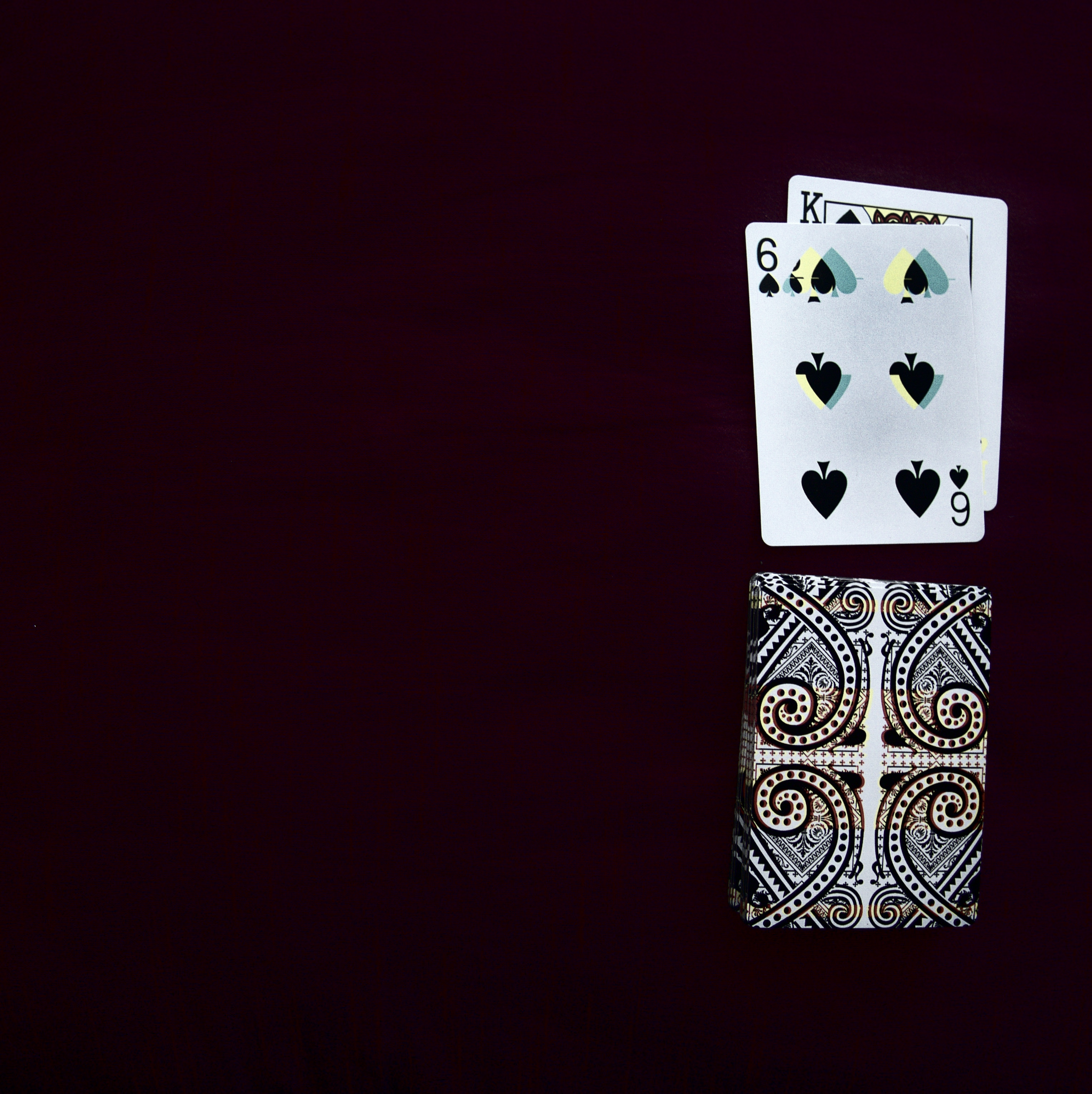

Creators: Olivier Perriquet and Eric Kerr (2018)
Haw Par Villa (HPV) is a project based on Haw Par Villa, Singapore, that will take the form of a virtual reality experience. The project is based on the architecture of the Tiger Balm magnates the Aw brothers, especially Haw Par Villa in Singapore, originally built in the 1930s. The park is a syncretic patchwork of mythologies, religious instruction, and morality tales embodied by sculptures, dioramas, and gardens. We want to explore how this process unfolds through new technologies of 3D reconstruction and how this might cause us to reflect on our own memories both collective and individual, the suspension of time, and visionary environments.
Demo 1, Demo 2, Demo 3, Demo 4
Position statement presented at the Asia Research Institute

Creators: Sarah-Tabea Sammel and Eric Kerr © (2017)
SOMETHING BEAUTIFUL is a short film exploring Wittgenstein’s thought experiment, "The Beetle in a Box". Wittgenstein supposed that our minds (by analogy, boxes) carry the concept or notion of a beetle. However, no one can see into someone else’s box. There might be an identical, a different, or no beetle at all in the other's box. The beetle as such becomes constructed and constituted via the language game; comprehension is achieved through communication and exchange that allows for the beetle to become consensus. SOMETHING BEAUTIFUL asks how a word - "beautiful" - is used, floats in-between minds, and gets attached in our society and offers the explanation that beauty is between the eyes of the beholders, onlookers, spectators. What do we agree upon? What is "beauty" put upon? Would something beautiful exist without humans creating and nurturing the term?
Premiere: F3 (Fågelbo Film Festival), Fort Lauderdale, Florida. November 2018.

Creator: Eric Kerr (2022)
The Geometric Electric guitar is a six-string left-handed electric guitar with a Floyd Rose-style tremelo bridge. Here are some photos of the process:

Creator: Eric Kerr (2017)
There is a degree of randomness in any justice system. My first degree is in Scots Law and so it makes a kind of biographical sense that the first game I'm uploading is about jurisprudence.
This is not so much a game as a random sentence generator. From the user's perspective, the basic structure consists of an interactive menu that presents the user with an alleged criminal and asks if the accused is guilty.
In the Court of Random Crimes, the player is in a much worse situation than most court judges. They have essentially no information to go on. But they do know the name of the alleged crime, albeit stripped of context or explanation. No age, no gender, no evidence, no witnesses. Is any decision taken on this basis then an arbitrary one?
There are two possible punishments: guilty and not proven. If the accused is guilty, RCG chooses a length of sentence in years at random. The sentence, "not proven," is taken from the Scottish legal system. In Scotland, there are three possible judgments: guilty, not guilty, and not proven. A popular joke in Scotland is that if your judge tells you "not proven" they are just politely omitting the "yet".

The game highlights a curious feature of language in relation to criminal justice: Almost for any crime the game generates, it sort of makes sense, at least if you are prepared to squint a little and imagine the possible elaborations of legalese. One can imagine what crime might have been committed, in some strange legal system, where the accused is guilty of "stalemating gains while expiring agents" (to cite the example that randomly generated as I was writing this). This happens even though RCG follows a few simple grammatical constructions. This has parallels with Derrida's reading of J.L. Austin in which he points out that it cannot be known, just by the words used, whether a given speech act is sincere or ironic, a joke (Derrida 1977). Here, it is impossible to tell, just by the words used, whether the criminal offense is real or fake.
Of course, what RCG generates is not literally random. Python's random functions are pseudo-random. It uses something called the Mersenne twister. This algorithm produces 219937-1 results before repeating itself. A mathematical savant would, I suppose, be able to predict, given enough information, where in the sequence you were at a given time. In other words, RCG follows predictable (in theory) patterns. Judgments are never literally random but follow patterns. In order to get the right result, one must be either lucky, importunate (as in the woman in the Parable of the Unjust Judge depicted at the top of this segment) or come to understand the pattern.
Derrida, Jacques. 1977. Signature-event-context, Glyph 1: 172-97


Random Crime Generator v0.1 is written in Python 3. Random Crime Generator v0.2 is written in Twine and Javascript. It is an open source programme licensed under a Creative Commons Attribution-NonCommercial 3.0 Unported License.
You can find the Python source code for v0.1 in the Github repository here.
You can play v0.2 here.

Creator: Eric Kerr (2019)
Players: The game is best played with 2-6 players but can be played with more.
Cards: One pack of cards is required. Each pack consists of 52 cards. The value of each number card is its number (e.g. 8 = 8). Jack = 11, Queen = 12, King = 13. Ace = 1.
Object: The object of the game is to collect the most cards by winning tricks.
Place the deck face down. At the beginning of the first round, any player turns over the top card on the deck. The aim of each round is to collect a multiple of the multiplier.
A multiple in this game is any number that is divisible by the multiplier without leaving a remainder and that is not equal to the multiplier. For example, if the multiplier is 9, available multiples are 18, 27, 36, and so on.
If the card drawn is an Ace, the player must draw another card and place it on top of the Ace until a card is drawn that is not an Ace.
On the first turn, each player draws one card. Players cannot declare a multiple before their second turn.
Subsequent turns have two phases: A decision and a declaration.
On each turn, the player can choose one of three possible decisions.
Once every player has taken a turn, the declaration phase begins. Each player, in turn, can declare whether they have a multiple.
If a player chooses to declare that they have a multiple, they must place their cards face down on the table until the end of the phase.
If only one player declares a multiple they win that round. This player collects the cards that make up their multiple, the card(s) in the multiplier deck, and the cards in the divide. These are added to their addition and counted at the end of the game.
If more than one player declares a multiple the total number of cards is split between these players and added to their addition. Remaining cards, if any, are removed from the game.
Players can choose not to declare a multiple. This decision cannot be changed.
Players can choose to use all or some of the cards in their hand to make up the multiple.
Players keep all remaining cards in their hands until the next round.
Players keep playing until there are not enough cards in the deck for each player. For example, if there are three players but only two cards in the deck at the beginning of the round, the game ends.
At the end of the game, each player counts the number of cards in their "addition" (the collection of tricks). The player with the highest number of cards wins.
This does not include the cards in their hand, divide or multiplier deck.
An alternative rule for large groups of players (4+) is that, at the end of each round, players who do not declare a multiple are removed from the game.
An alternative rule for declaring is that the player with the highest number of cards in their multiple wins the round.
The game allows for many different strategies including bluff and deception. I will write up my own tips later...